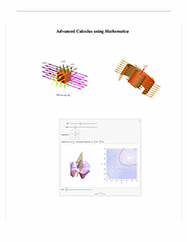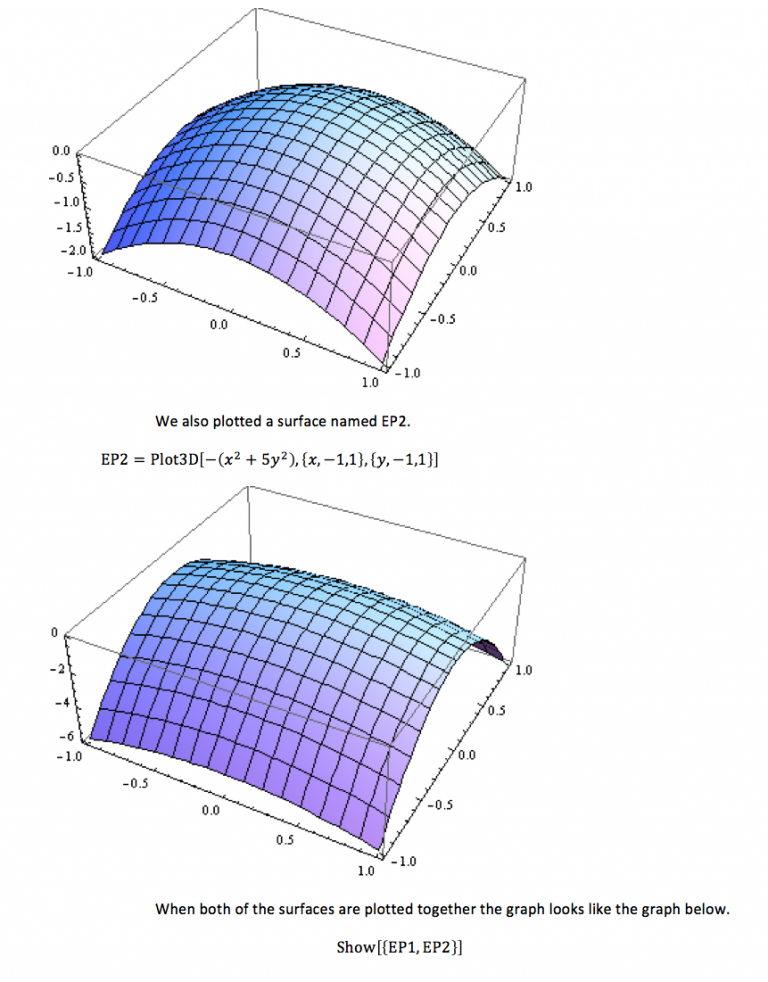

And therefore we offer this work as mathematical principles of his philosophy. Rational Mechanics will be the sciences of motion resulting from any forces whatsoever, and of the forces required to produce any motion, accurately proposed and demonstrated. Sir Isaac Newton (1643–1727) author of the Principia Contents Expressed aim and topics covered

Īfter annotating and correcting his personal copy of the first edition, Newton published two further editions, during 1713 with errors of the 1687 corrected, and an improved version of 1726. In a revised conclusion to the Principia (see § General Scholium), Newton emphasized the empirical nature of the work with the expression Hypotheses non fingo ("I frame/feign no hypotheses"). In formulating his physical laws, Newton developed and used mathematical methods now included in the field of calculus, expressing them in the form of geometric propositions about "vanishingly small" shapes.

Among other achievements, it explains Johannes Kepler's laws of planetary motion, which Kepler had first obtained empirically. The Principia forms the foundation of classical mechanics. spread the light of mathematics on a science which up to then had remained in the darkness of conjectures and hypotheses." Ī more recent assessment has been that while acceptance of Newton's laws was not immediate, by the end of the century after publication in 1687, "no one could deny that" (out of the Principia) "a science had emerged that, at least in certain respects, so far exceeded anything that had ever gone before that it stood alone as the ultimate exemplar of science generally". The method followed by its illustrious author Sir Newton. The French mathematical physicist Alexis Clairaut assessed it in 1747: "The famous book of Mathematical Principles of Natural Philosophy marked the epoch of a great revolution in physics. The Principia is considered one of the most important works in the history of science. The Principia is written in Latin and comprises three volumes, and was first published on 5 July 1687.

Philosophiæ Naturalis Principia Mathematica ( English: The Mathematical Principles of Natural Philosophy) often referred to as simply the Principia ( / p r ɪ n ˈ s ɪ p i ə, p r ɪ n ˈ k ɪ p i ə/), is a book by Isaac Newton that expounds Newton's laws of motion and his law of universal gravitation. The Mathematical Principles of Natural Philosophy (1729)


 0 kommentar(er)
0 kommentar(er)
